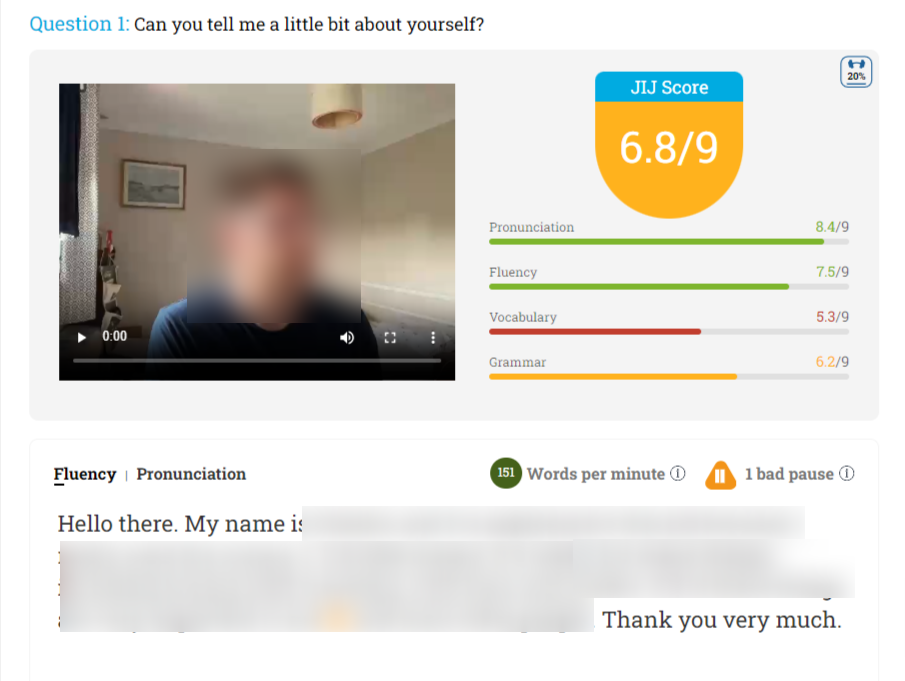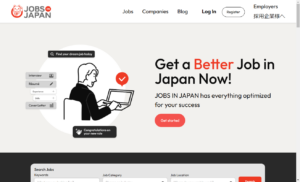
Have you ever started an interview just to know within the first minute that the candidate was not a good fit? It happens all the time. It gets worse as you must be “polite” and waste you and the applicant’s time for the next 30 minutes or so out of fear the applicant will post negative comments on Glassdoor or social media.
As you have probably allotted one hour for that failed interview before your next one, there’s just no way you’re going to get any real work done. Sound familiar? Thankfully, there is a better way.
AI can be your helper in evaluating some skills so you can filter out some candidates that are obviously not a good fit, and focus on the ones that are. Now, will AI replace your ability to judge the best candidates? Not at all. But it can save you a lot of time so you can get a better hire, faster, and still get your other work done during the hiring process.
Old Way
One of the reasons why recruiting companies/agencies could charge so much is that screening resumes and doing the first round of interviews is just so time consuming.
Recruiters would go through dozens of applications to make a short list of the best candidates. Many of the positions were for English teachers so they would automatically give special treatment to those applicants from the Big 5 Countries (America, Canada, UK, Australia, New Zealand) and a few others to save time. It is easier not to interview people who were not from English native-speaking countries because of the possibility that they had a thick accent or their language abilities weren’t up to scratch. If the hiring manager is Japanese and not a confident English speaker, this is even more likely because they are uncomfortable evaluating a candidate’s speaking ability.
This method often results in lower quality candidates getting through the process simply because they had the right looking name, the right accent, or even the right appearance or race.
New way – Using AI and other tools to save time
Now, you can just set up your job listing to contain the application Screening Questionnaire so you can know if the applicant meets your requirements. After a quick review of the cover letter and resume which usually takes less than two minutes, you can invite the best applicants to take the video interview with AI Assessments.
If the applicant cannot be bothered to take the video interview, you have already saved yourself some time interviewing a candidate who isn’t willing to put in much effort for the position. Now you can review all the applicants with video interviews so you can get a better idea of the person’s skills, personality, motivation, and ability to express themselves in English.
Here is where the AI comes in to give you useful data to make your decision. The AI will generate a score on the applicant’s speaking skills and fluency (pronunciation, vocabulary, etc) and present that to you with comparative numbers. You’re basically given a second opinion from your AI assistant.
These tools make it so easy that you can efficiently assess a large number of applicants much more quickly than you would ever have been able to do manually.
The AI Technology built-in to our video interview system
We saw an opportunity to use the world’s leading fluency assessment AI technology in conjunction with our video interview system. The technology uses tens of thousands of academic English fluency tests and is very valuable for agencies in evaluating the English fluency of airline crew, call centers and universities worldwide.
To read more about the technology, click here.
What is amazing is that the AI fluency assessments are actually listening and understanding what is being said, and you can even view the speech to text output. The system knows if the applicant is giving a relevant answer, and can assess the quality of the content, not only whether it is grammatically correct or not.
Try it out and you’ll see how much better the results are than the competition.

Japanese Fluency Assessments
Many jobs require the applicant to speak Japanese to collaborate with co-workers, where reading and writing are generally not as important. The Japanese-Language Proficiency Test concentrates on grammar, reading and listening skills and does not assess spoken fluency, so the JLPT grade is often a misrepresentation of the speaking ability.
As of writing this article, our video interview for Japanese speakers is in Beta. You can still view the answers and make your own assessment on the applicant’s speaking ability; however, we are not showing the AI score until it can better understand heavily accented non-native Japanese.
AI technology is not going to take over
While AI Technology can assess a person’s grammar, vocabulary, spelling and other objective criteria, it is not anywhere near ready to make important human judgments such as if the person is motivated, honest, or a good cultural fit.
AI is your friend and helper to hire the best candidates. What used to be an extremely time consuming process has been streamlined with these AI assessed video interviews. As one English school owner told me “I used to dread rating all the applications and endless interviews held at all hours. Now it feels like I am doing online shopping; shopping for a better teacher.”















